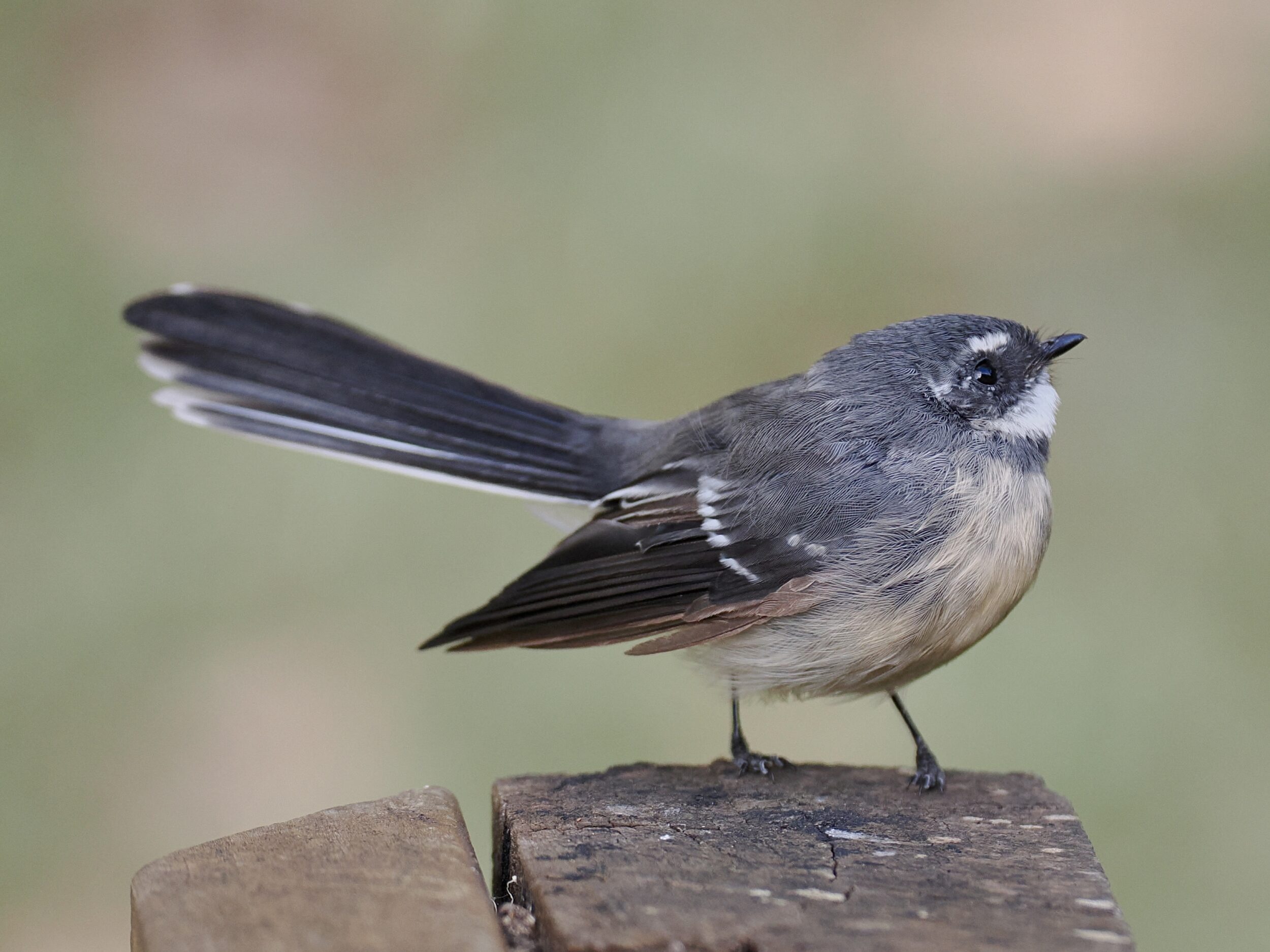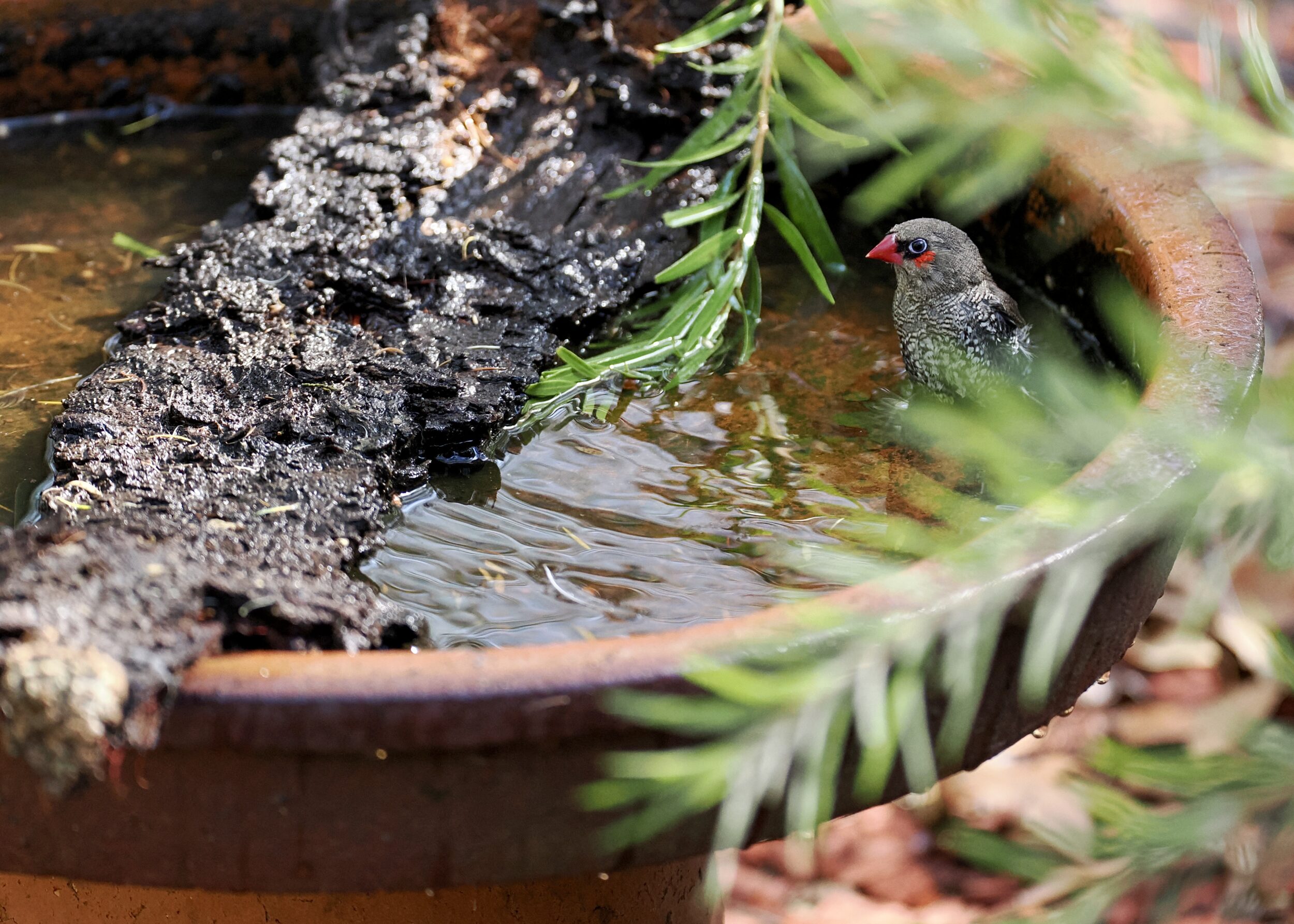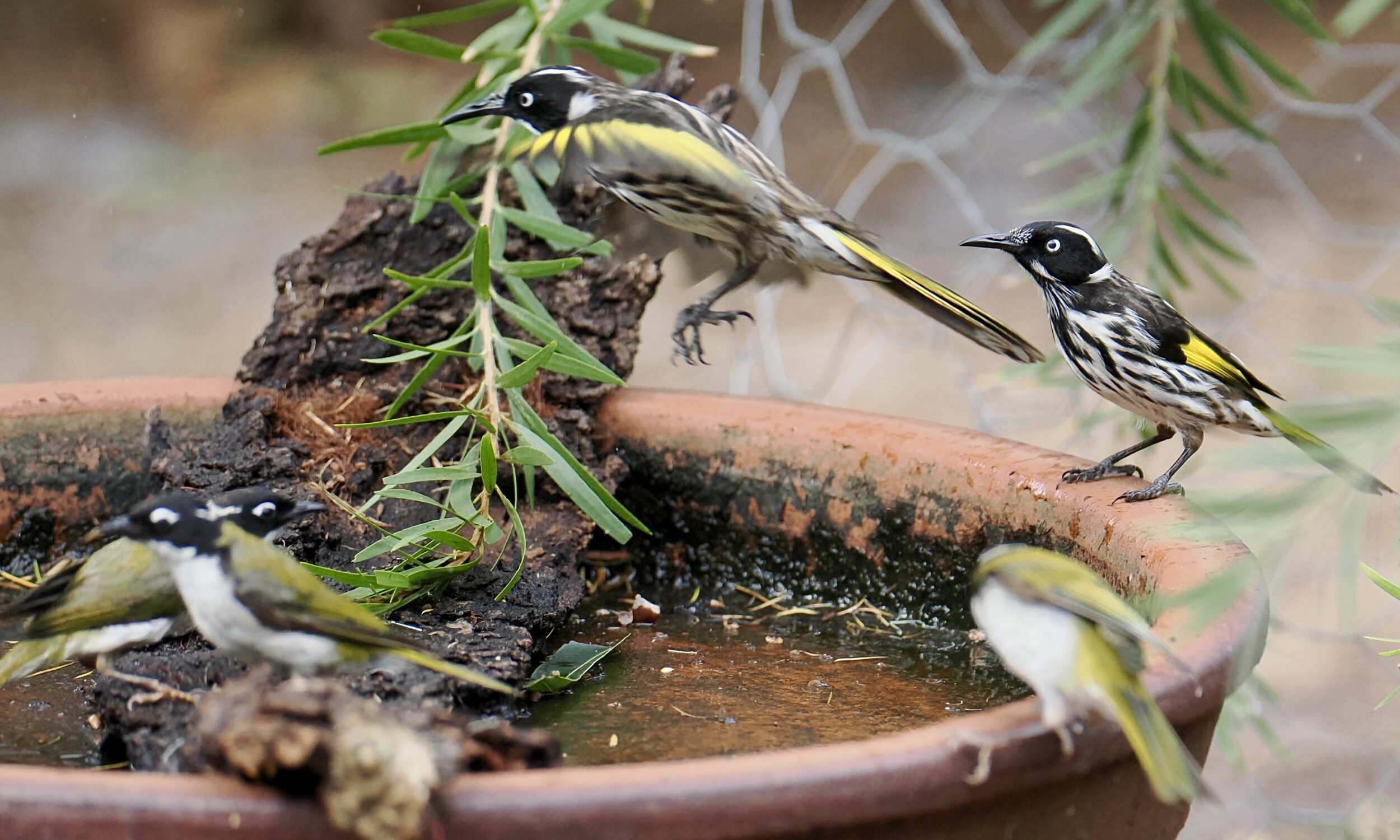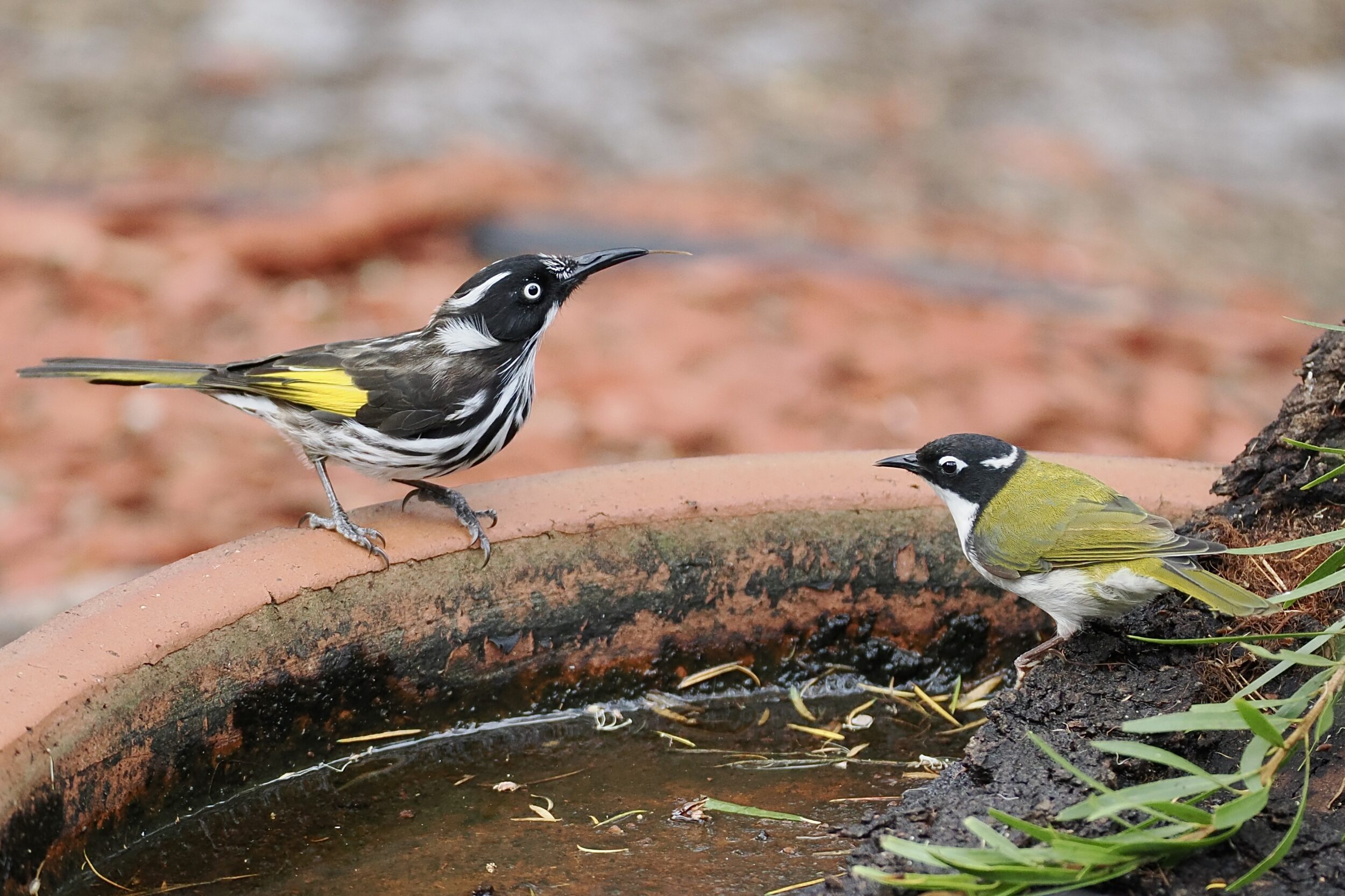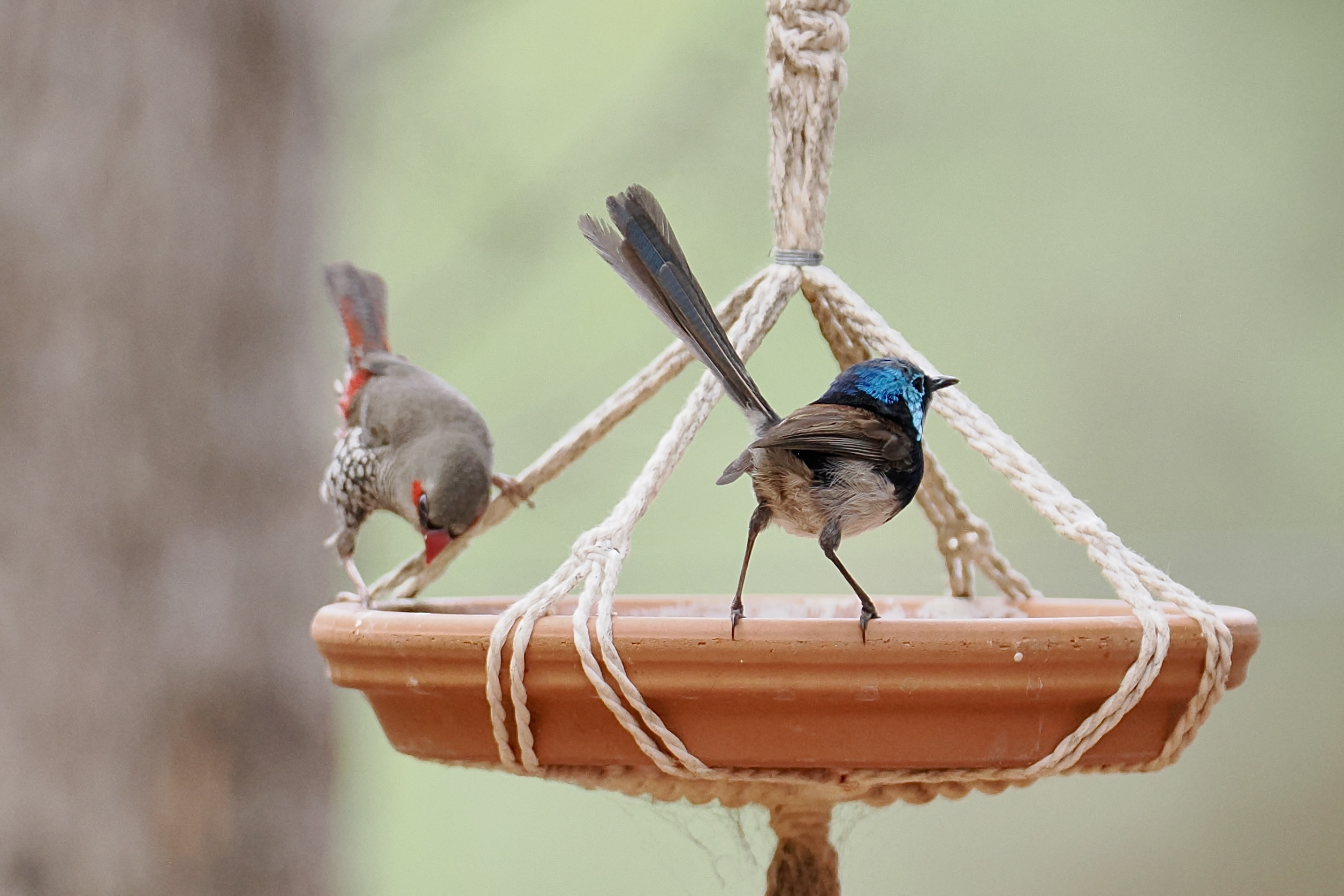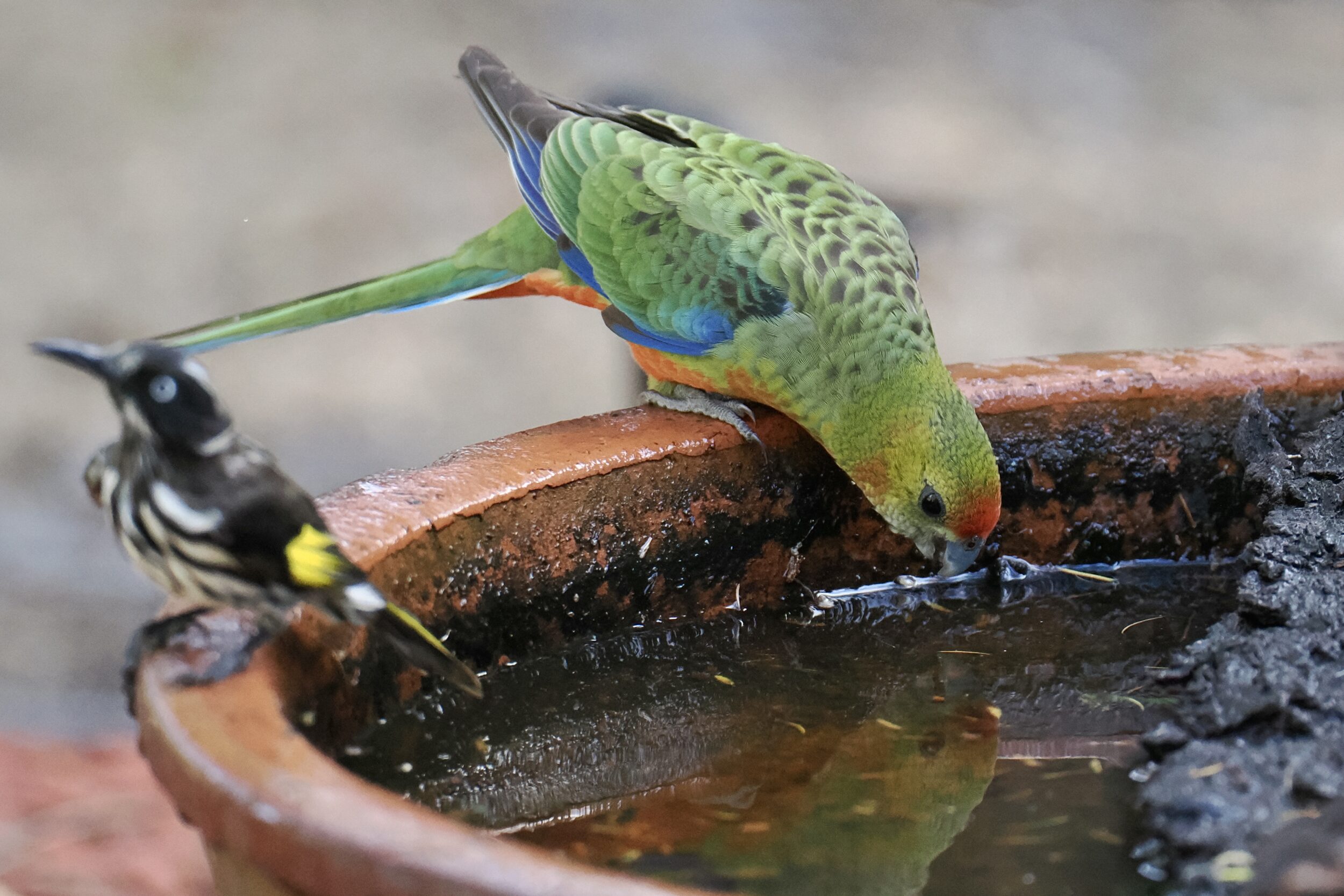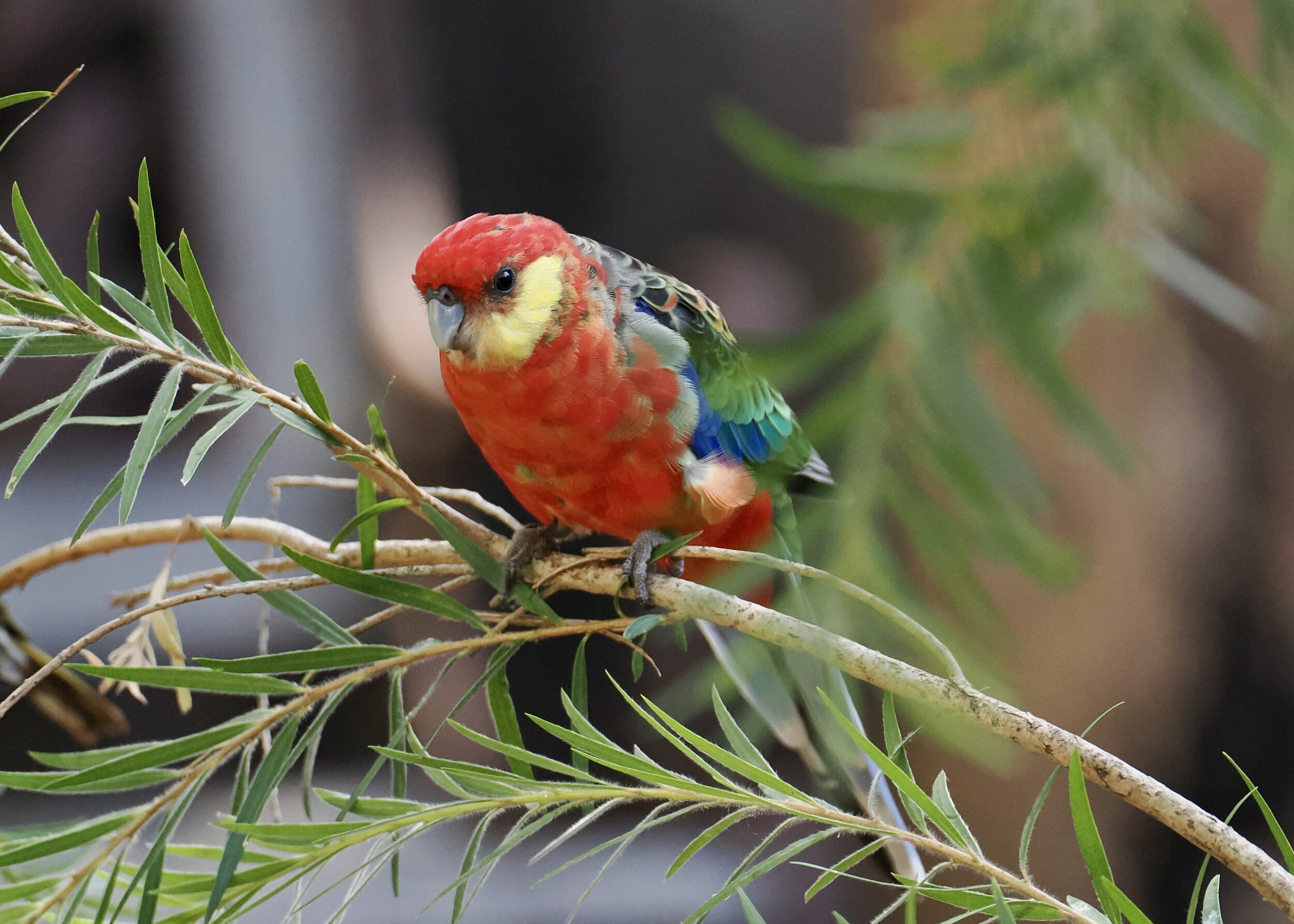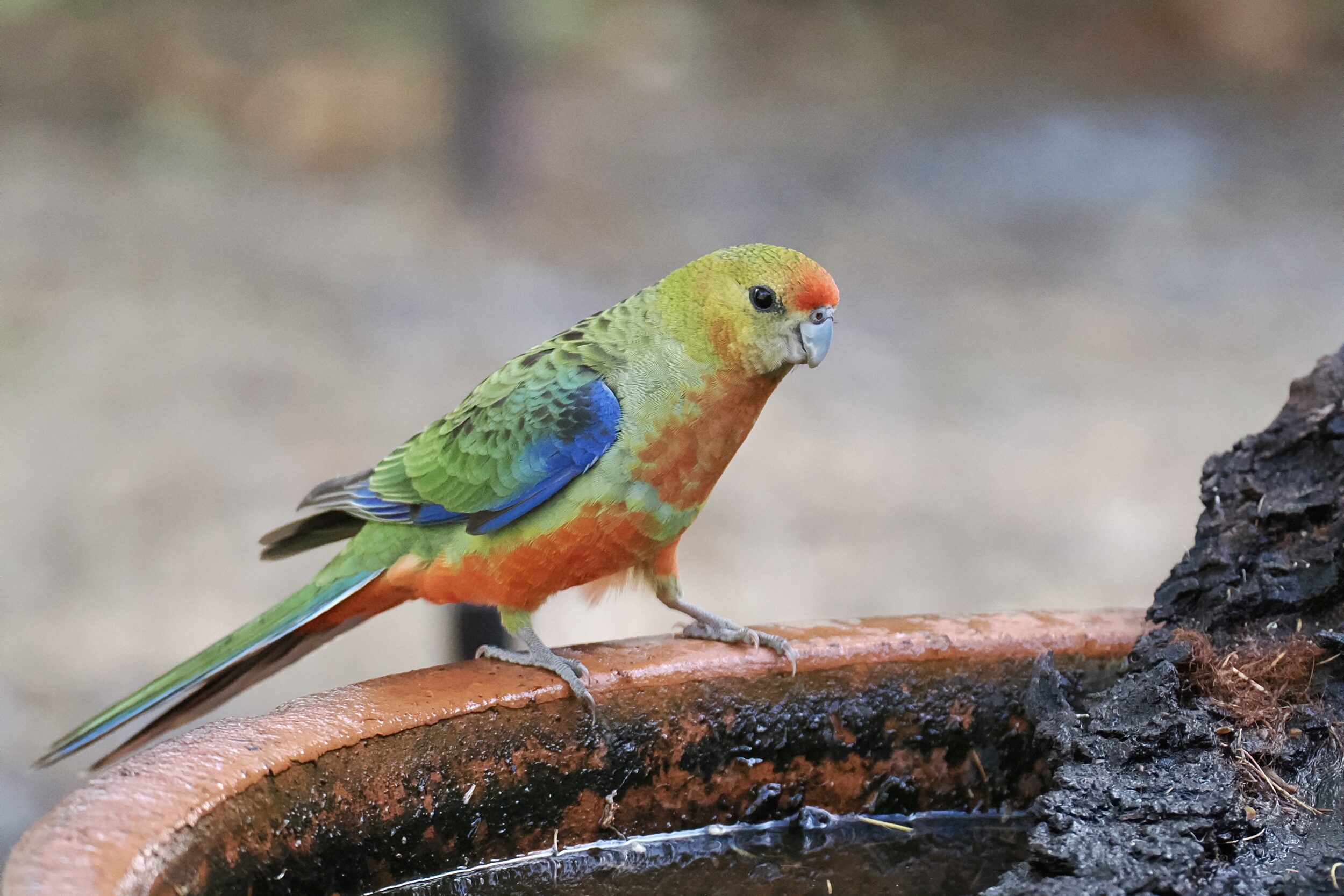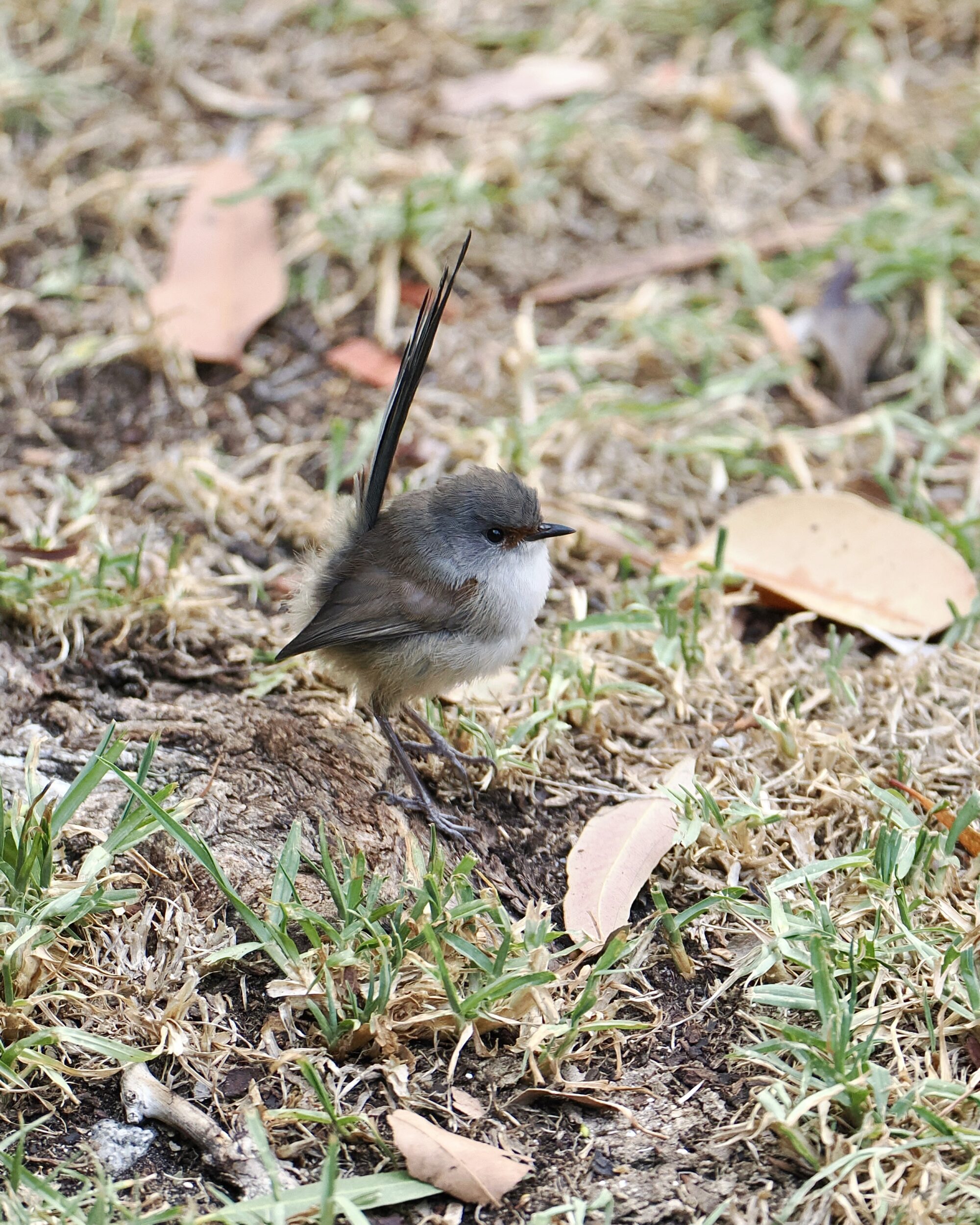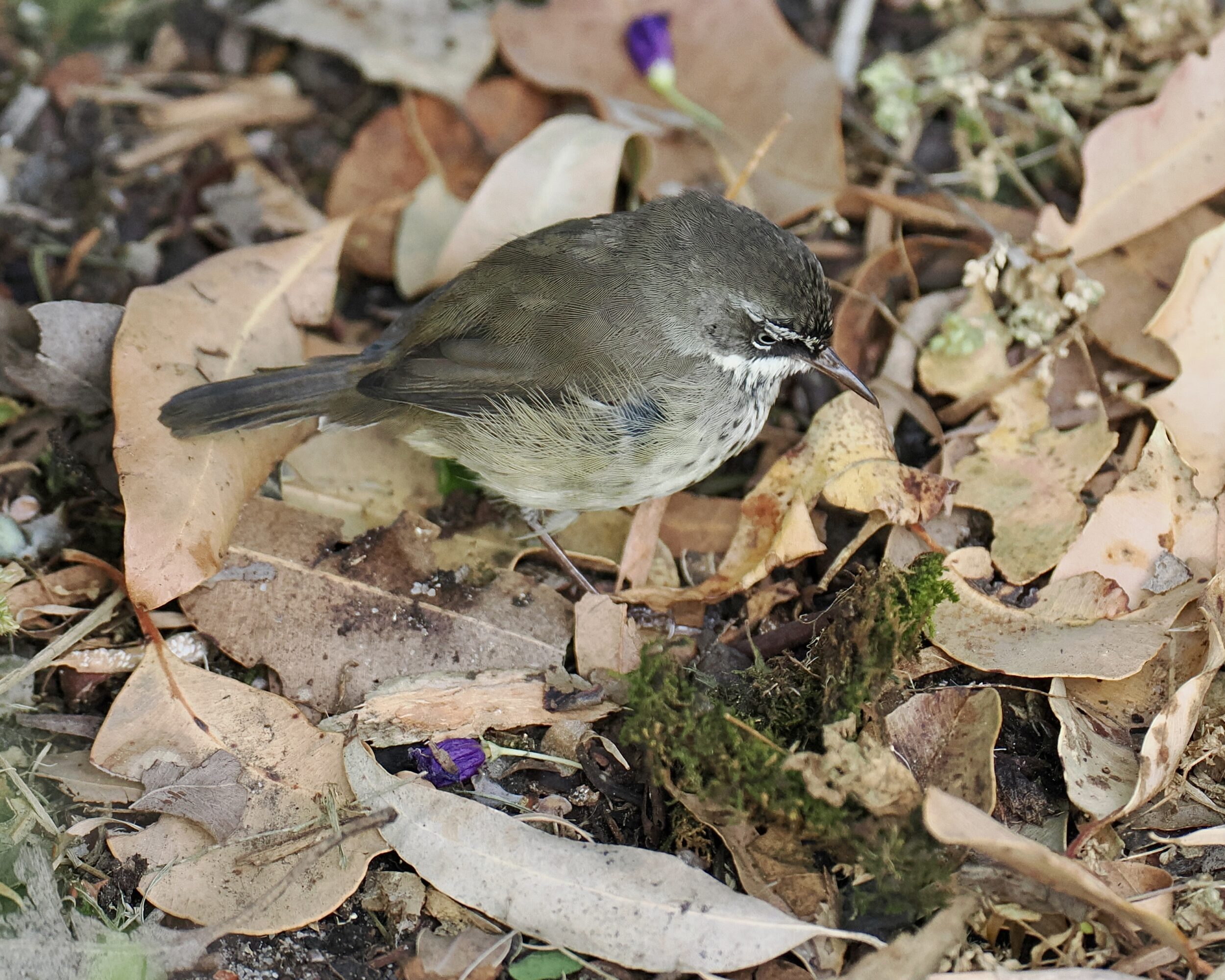You are looking at a very widely-distributed , small, insectivorous bird.
His or her feathers are not wet, so the bird appears to be a deal bigger/meatier than it really is.
Rhipidura albiscapa – the grey fantail – is very easy to see, across most of non-arid Australia.
I photographed the pictured individual at 5.47 pm on 11 February 2025, near Youngs Siding.
One Comment